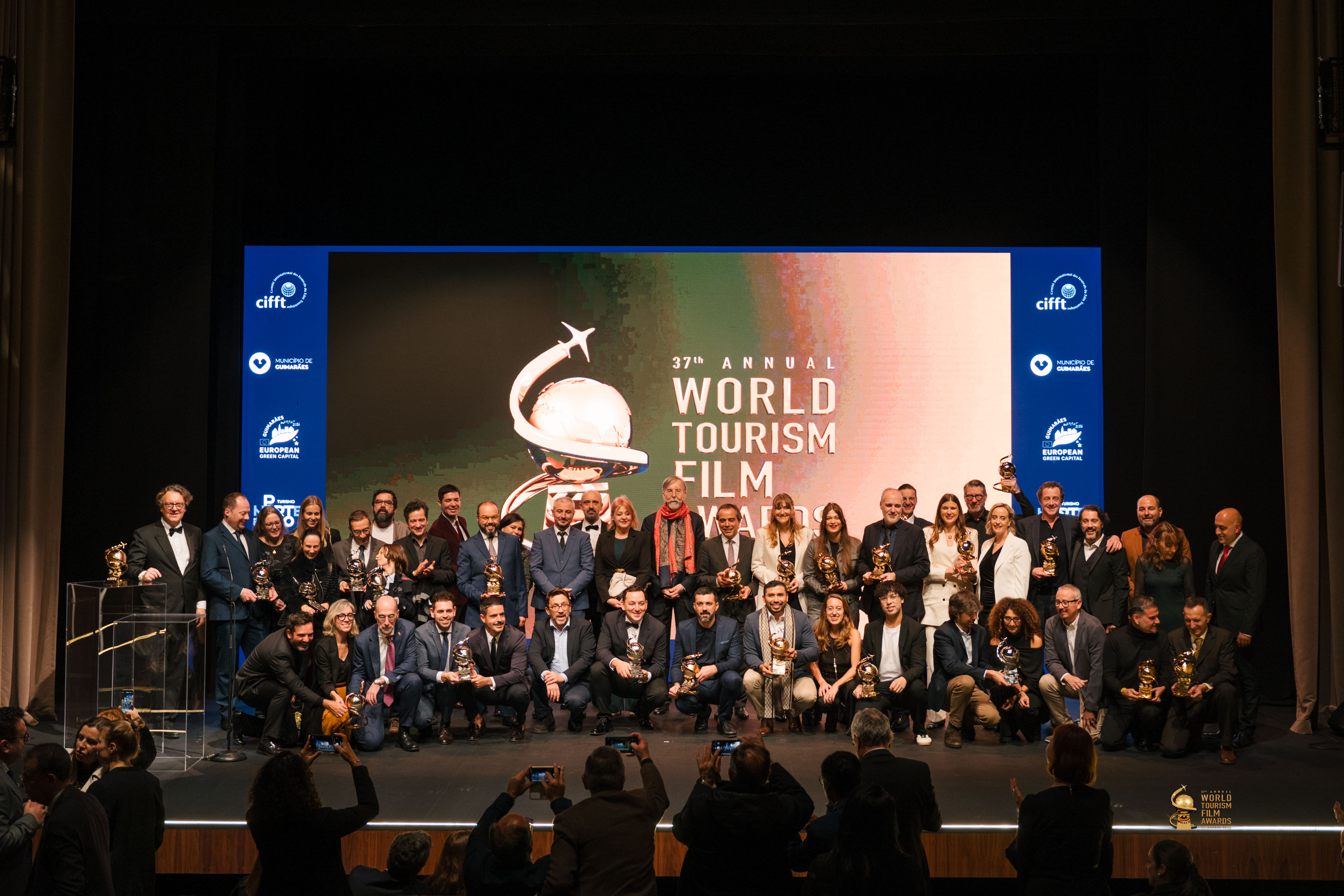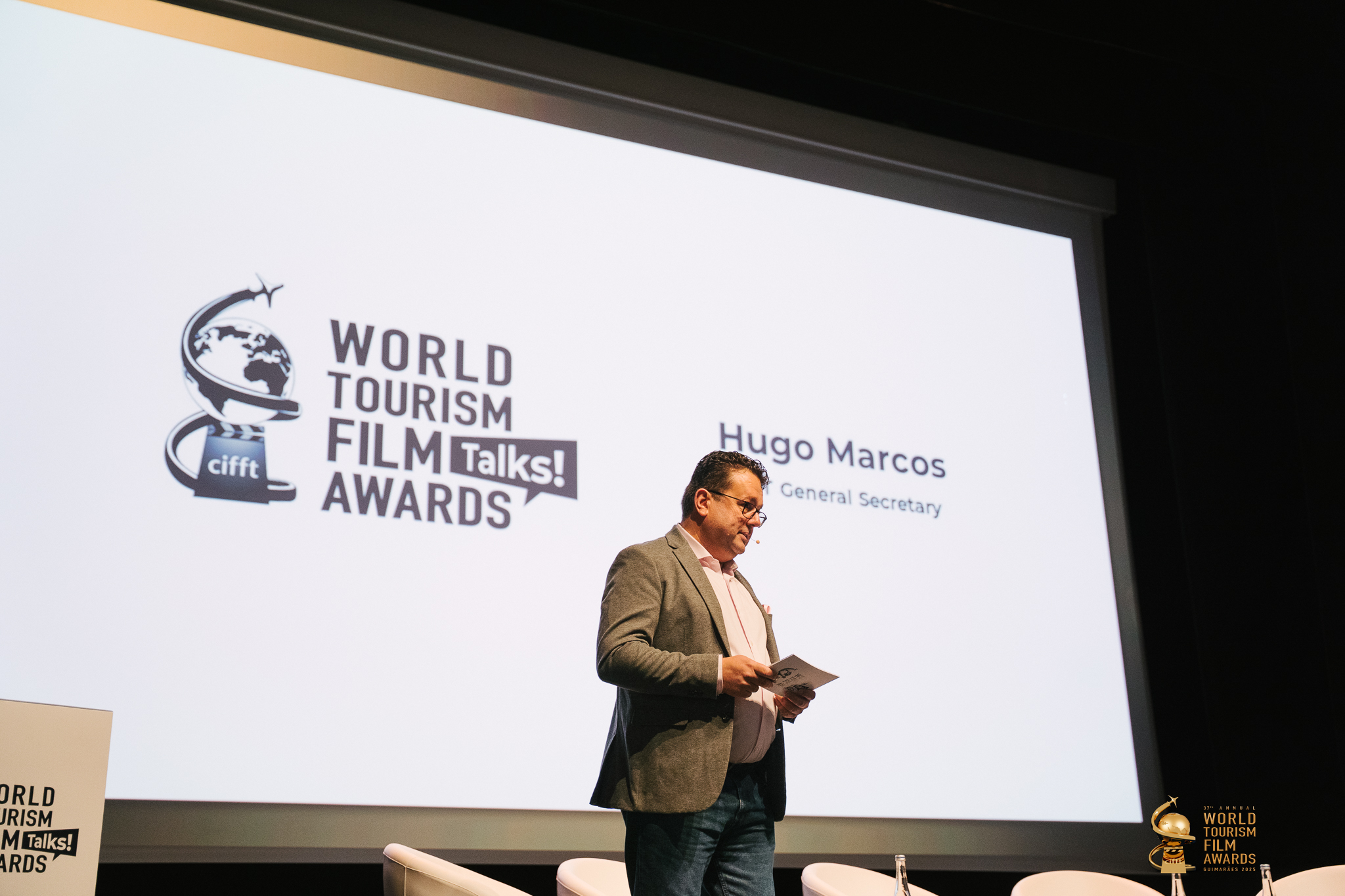Hans M. Pfister has been at the forefront of redefining what sustainability means in tourism for more than three decades. As Co-Founder and President of the Cayuga Collection of Sustainable Luxury Hotels, he has built a model that proves high-end hospitality and sustainability are not only compatible but can elevate each other.
Beyond his work with Cayuga, Pfister also serves as President of the Costa Rican Chamber of Ecotourism and Sustainable Tourism, where he champions the integration of responsible practices into Costa Rica’s broader tourism strategy.
This year, he also joins the jury of the GreenWorking Awards, recognizing initiatives that set new benchmarks in sustainability communication. In this conversation, Pfister reflects on the evolution of sustainable travel, the challenges and opportunities Costa Rica faces today, and why inspiration, not preaching, is the key to moving the industry forward.

1. As the Co-Owner and President of the Cayuga Collection of Sustainable Luxury Hotels, how have you seen the expectations around sustainability shift among luxury travelers?
Absolutely. I think there have been shifts throughout the 30 years I’ve been working in this field. Thirty years ago, when we started, we were just seen as the “weirdos.” People wondered what sustainability was and how it could possibly be combined with luxury. In the late 1990s and early 2000s, there was a growing interest and curiosity, but it still wasn’t taken seriously. I believe it wasn’t until about 10 years ago that it became truly “sexy.” Bigger brands started to embrace it, people were talking about sustainability, and it was seen as cool and interesting.
That interest probably peaked during and just after the pandemic, when everyone was talking about being out in nature and spending more time outdoors. In the last couple of years, though, we’ve seen a bit of “sustainability fatigue.” People still care, but many are tired of the constant doomsday messaging. While there is still a lot of commitment, I think it has lost some of the appeal it had in previous years. We've been committed to sustainability for 30 years, and for us, it's not a fad, a fashion, or a trend.
2. What are the key practices that make it possible to combine sustainability with high-end hospitality?
I think the important thing here is that luxury travelers don’t want to be preached to, and they don’t want to be told what they can and cannot do. So when we apply sustainability in high-end luxury, we have to make sure we don’t compromise the experience. At the same time, we need to inspire them. I think inspiration is the key because everybody likes to be inspired, and if sustainability can inspire, then I think we have something that really works.
We’ve been doing this in many ways, but I want to mention two in particular. One is the Sustainability Journal in every guest room, as a coffee-table book that tells short stories, with pictures, of sustainability success stories from across the Cayuga Collection. The other is a back-of-the-house sustainability tour. Our hotels are transparent; there are no areas off-limits. Guests can go everywhere and see what’s going on — what we do in the kitchen, how we separate and avoid food waste, what products we buy, how we treat our water, how we manage solid waste, and how the employees eat, sleep, and rest. Everything is open to them, and when people see that, they really get inspired. So those are the two main things we do to combine sustainability with high-end hospitality.
3. As President of the Costa Rican Chamber of Ecotourism, how have you seen sustainability evolve within Costa Rica’s tourism model over the years?
I would say that after 30 years here, sustainability is pretty solid and consistent. It’s deeply rooted in the culture of tourism, so people really care, both those in the industry and the general public. Of course, there are some pressures, especially in the more heavily visited areas of Guanacaste and La Fortuna/Arenal. I think those are perhaps the areas under the most pressure, but overall, I believe the industry is very committed.
4. What unique sustainability challenges and opportunities do you see emerging in Costa Rica’s tourism landscape today?
Today, I think the main challenge is what we’ve seen with the current government, which is now on its way out. In the last few years, the government has not shown as much commitment to sustainability as previous administrations. That has been both interesting and difficult to deal with. At the same time, it has shown how deeply sustainability is rooted in the population. There was pushback from the public against some things the government failed to do, which demonstrates how much people care. Challenges exist everywhere, not just in Costa Rica, these are global issues. The opportunity I see is for Costa Rica to continue evolving its vision. Thirty years ago, it was more focused on pure ecotourism. Now, I believe we’ve moved toward more sustainable tourism with a greater luxury component. The sustainability focus needs to evolve, and I think it already has, but we must be aware that we can’t keep doing exactly what we did 30 years ago. We need to improve in certain areas, adjust in others, and continue refining our approach. Overall, I think we’re on a good track.
5. How important is collaboration between the private sector and public institutions in advancing sustainable tourism practices in Costa Rica and beyond?
Very important. It’s key. When private-sector and public-sector institutions work together, things get done. There have been a lot of good developments here in Costa Rica. For example, the CST (Certification for Sustainable Tourism) and the initiative to measure the Social Progress Index are both joint efforts between the private and public sectors, and they have made a real difference in moving the country forward. That said, I would like to see a bit more cooperation in areas like education, security, and infrastructure. There are definitely areas that could benefit from greater collaboration. Of course, this is a challenge everywhere, but overall, I think Costa Rica has done quite well in this regard.
6. What advice would you give to tourism professionals or entrepreneurs who want to build sustainability into the DNA of their projects?
I think you have to start by truly believing in it, really having a passion for sustainability. You can’t just say, “Okay, we have to do sustainability because corporate says so, or because it’s a trend, or because I saw that ChatGPT told me it’s important.” You need to genuinely have the passion, and you need to walk the talk.
My recommendation would be to start with small steps and celebrate each success. Then build on that, because you need to bring everybody in the organization on board. It’s much easier if you have small, achievable steps and successes that you can celebrate before moving on to the next goal.
I also think it’s helpful to use a framework, some form of certification, such as the CST (Certification for Sustainable Tourism) I mentioned earlier, or one of the many international certifications available. These can guide you and help create that framework. The important thing is that it’s not just about checking boxes or getting a certificate. Once again, you have to have the passion, walk the talk, and truly believe in it.
7. The GreenWorking Awards aim to spotlight campaigns that lead by example. How can these awards help raise the standard for how destinations and brands communicate sustainability?
We need to focus on inspiration and make sustainability appealing and attractive. Maybe even include some humor or a touch of sarcasm, something to connect with people. Sustainability is, of course, a very serious topic with serious issues, but to truly reach people, we need to be more creative. As I said, humor can help, as can making it personal through storytelling. And above all, the focus should be on inspiration.



